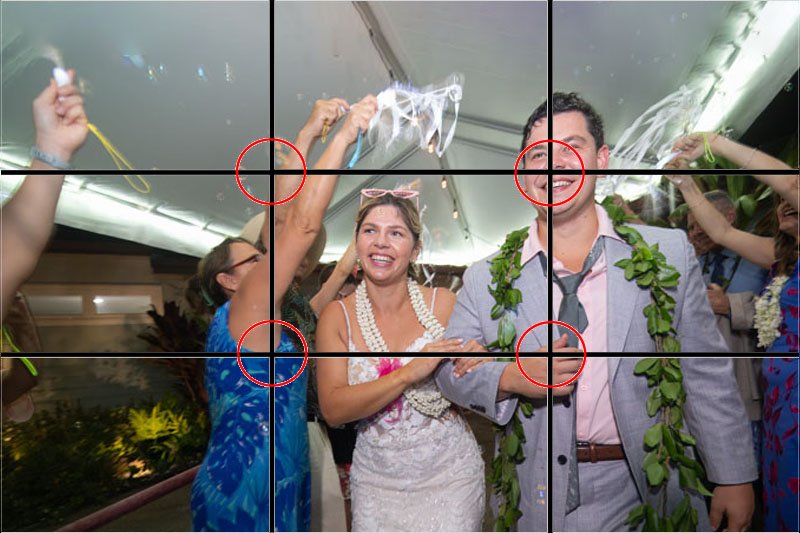Rule Of Thirds
When to Use It and When to Break It
Hey there, fellow photography enthusiasts! Today, I want to dive into a topic that’s been a game-changer for many of us: the rule of thirds. If you’ve ever felt like your photos are missing that extra something, this simple guideline might be what you need to take your shots to the next level.
What is the Rule of Thirds?
Alright, let’s break it down. Picture your photo divided into nine equal parts by two horizontal and two vertical lines. The idea is to place the key elements of your scene along these lines or at their intersections. This trick helps create a balanced and engaging composition that naturally draws the viewer’s eye.
Why is it Good to Know?
- Enhanced Composition: Instead of centering your subject, which can sometimes feel a bit boring, the rule of thirds encourages you to place it off-center. This makes your photos more dynamic and interesting.
- Balanced Images: By spreading elements around the frame, you create a sense of balance that’s pleasing to look at.
- Guiding the Viewer’s Eye: Placing important elements along the lines or intersections naturally directs the viewer’s gaze, creating a flow that keeps them engaged with your photo.
When to Break the Rule
Now, here’s the fun part: breaking the rules. Once you’ve got the hang of the rule of thirds, don’t be afraid to bend or even break it. Some of the most striking photos come from doing just that.
- Central Composition: Sometimes, putting your subject smack dab in the middle can be super powerful. This works especially well with symmetrical scenes or when you want to create a strong focal point.
- Creative Expression: Photography is an art, and art is all about experimentation. Playing around with composition can lead to unique and compelling shots that stand out.
- Leading Lines: If you’ve got strong lines in your scene, like a road or a fence, use them to guide the viewer’s eye, even if it means ignoring the rule of thirds.
The rule of thirds is a fantastic tool to have in your photography toolkit. It’s a great starting point for creating well-composed images. But remember, rules are meant to be broken! Don’t be afraid to experiment and see what works best for you. After all, photography is about capturing moments in a way that’s meaningful to you. So go out there, have fun, and keep shooting!
Analyzing the Rule of Thirds in This Wedding Photo
So, let’s take a look at this wedding photo with the rule of thirds grid overlaid. This will help us see how well the scene lines up with this guideline.
Subject Placement
Bride and Groom:
- Position: The bride and groom are right in the center, with their faces close to where the vertical and horizontal lines meet. This naturally makes them the main focus of the photo.
- Analysis: Even though they aren’t placed exactly on the rule of thirds lines, putting them in the center works well to highlight them as the main subjects.
Supporting Elements:
- Position: The hands of the guests waving sparklers are spread along the top horizontal line, with some hands near the intersections. This adds to the festive vibe and frames the couple nicely.
- Analysis: Using the rule of thirds for the guests’ hands helps balance the shot, even though the main subjects are centered.
Composition Balance
- Horizontal Elements: The edge of the canopy lines up with the top horizontal line, creating a natural frame and guiding your eye across the image.
- Vertical Elements: The central vertical line runs between the bride and groom. While this isn’t strictly following the rule of thirds, it keeps them as the clear focal point.
When to Break the Rule
This photo shows that sometimes breaking the rule of thirds can work really well:
- Central Composition: Putting the bride and groom in the center emphasizes their importance and captures the joyous moment perfectly.
- Dynamic Elements: The rule of thirds is still in play with the guests’ hands and the canopy, adding balance and context without being too strict about it.
This wedding photo might not strictly follow the rule of thirds, but it uses a mix of central composition and subtle elements that do align with the rule to create a balanced, engaging image. It shows that while the rule of thirds is a great guideline, knowing when to break it can result in some truly memorable photos.


